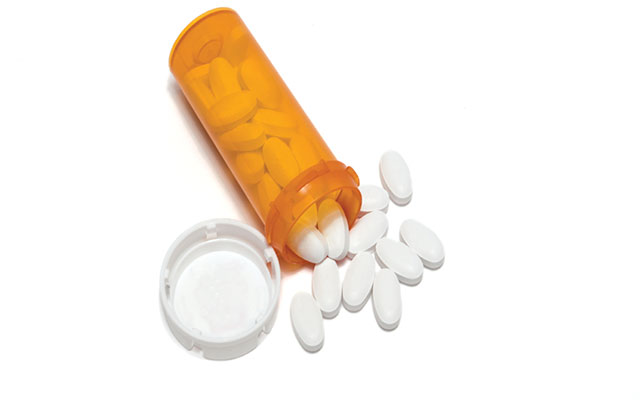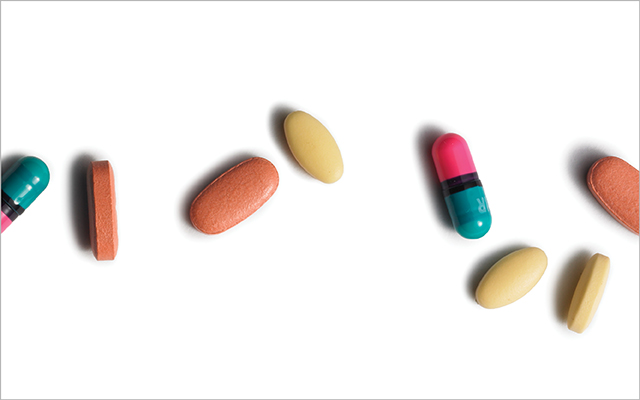In a decision likely to affect the treatment protocols for millions of Americans, a federal health panel last week announced new guidelines designed to push optimal blood pressure targets far lower than current standards.
The National Heart, Lung, and Blood Institute, responding to what one official called “potentially lifesaving information” from a major study, recommended that doctors lower their patients’ systolic blood pressure to below 120 — a full 20 points lower than what a similar government committee had recommended less than two years earlier. To meet those guidelines, however, will require a more aggressive use of blood pressure drugs — a treatment approach that has already garnered its share of controversy.
As Gina Kolata reports in the New York Times, the new guidelines raise disturbing questions about the lengths to which physicians should go to artificially lower their patients’ blood pressure. “Reaching a target that low would mean giving more and more medications, and the side effects could cancel any benefit,” she writes. “Older people might be especially vulnerable to ill effects of much lower blood pressure since many already take an array of drugs for chronic conditions, which might interact.”
Side effects of the most commonly prescribed blood pressure medications, angiotensin receptor blockers (ARB), include coughing, diarrhea or constipation, nausea, vomiting, headaches, skin rashes, weight changes, dizziness, and lack of energy.
One in three adults in the U.S. have high blood pressure. And half of those 79 million people who are undergoing treatment for the condition are not able to bring their systolic levels below 140. To lower them to the new guidelines would most likely require more drugs. Study participants who were able to achieve the new blood pressure goals took three drugs on average.
The recommendation signals a newfound consensus among experts who were deeply divided on the issue less than two years ago. In December 2013, a committee convened by the National Institutes of Health suggested an optimal systolic goal of 140 for the general population and 150 for those over 60. When those guidelines were announced, five of the committee’s 12 members released their own guidelines, arguing for a rate below 140.
The new guidelines go even lower than that, the results of a study that was aborted more than a year earlier than its planned 2017 conclusion. “I was very surprised not only by how large the effect was but that it occurred at such a relatively early stage of the study,” William Cushman, MD, chief of preventive medicine at the V.A. Medical Center in Memphis, told Kolata.
Like many of his peers, Cushman, a member of the trial leadership committee, does not question the importance of maintaining a healthy blood pressure, but in a June interview with Kolata, he was less sanguine about the advantages of doing so with additional drugs. “The epidemiology is consistent that having a systolic pressure of 120 or even below 120 is associated with reduced cardiovascular mortality,” he said. “But that doesn’t necessarily mean that treating with medications to reach that level will give you that benefit.”
To learn more about the ongoing controversy over blood pressure drugs, see “The Other Drug Problem,” in our April 2011 issue.




This Post Has 0 Comments